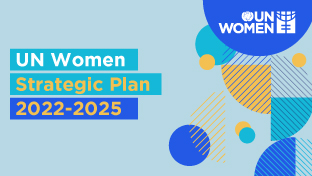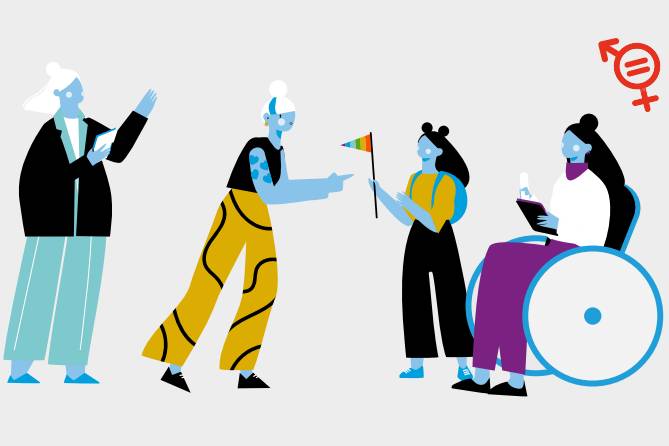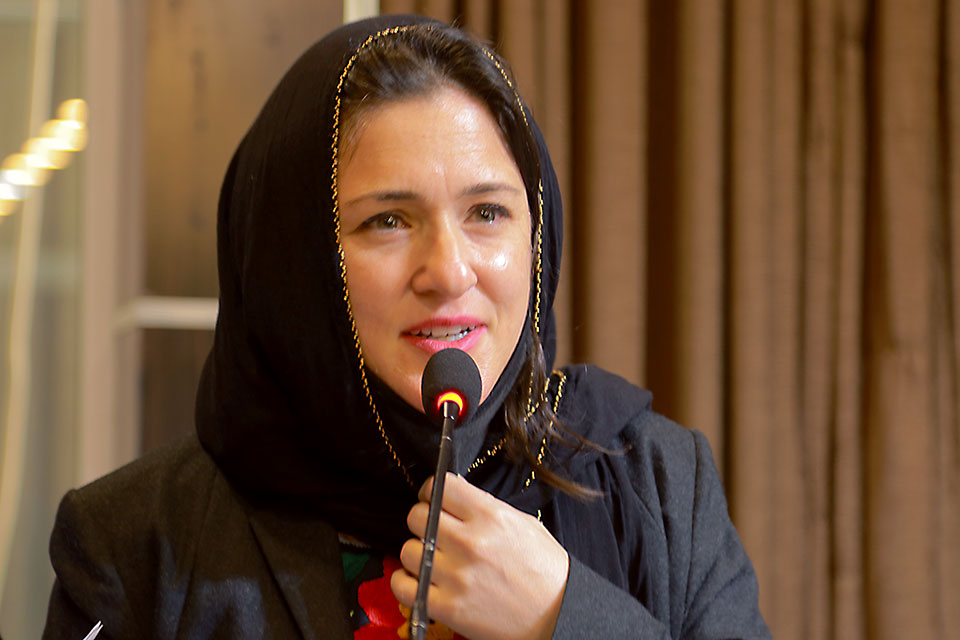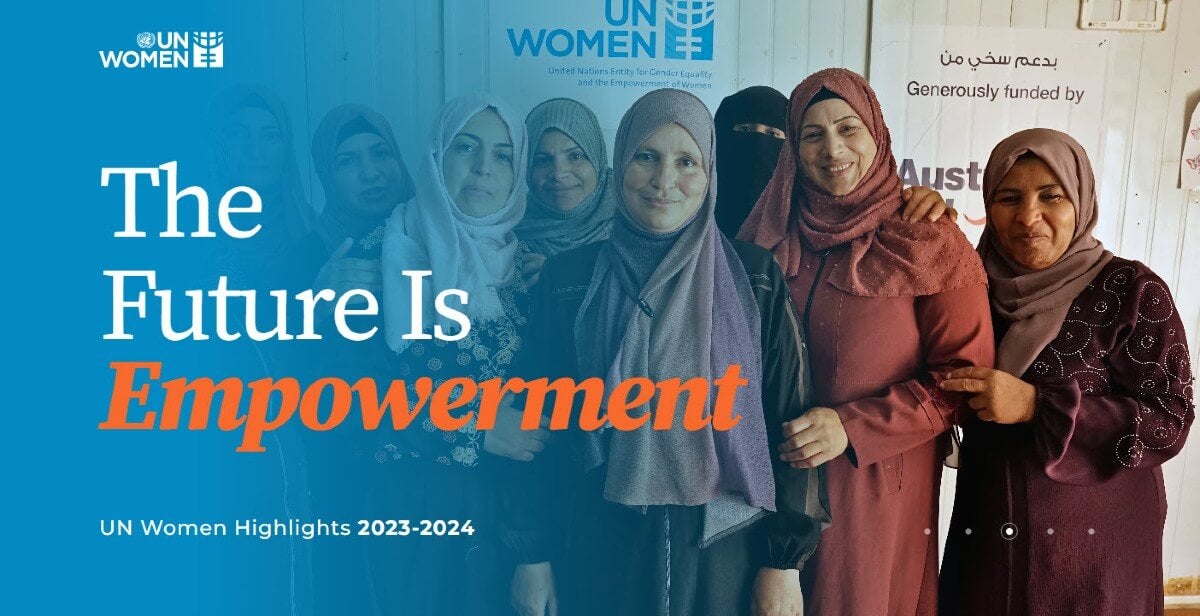Mainstreaming gender equality in water resources management: Global status and 7 pathways to progress
This policy brief highlights the urgent need to integrate gender considerations into water management to achieve Sustainable Development Goals (SDGs) 5 (gender equality) and 6 (clean water and sanitation). With only five years remaining to meet these targets, the document emphasizes accelerating action to close existing gaps in gender mainstreaming within the water sector. Gender integration in water management is crucial for both gender equality and water security, especially in the face of climate change, biodiversity loss, and pollution crises.
However, progress remains slow and uneven across different regions. While many countries have policies promoting gender equality in water governance, implementation often lags behind due to systemic barriers. According to data from SDG indicator 6.5.1, significant challenges persist in translating commitments into concrete action.
The brief identifies three major obstacles hindering progress:
- First, many countries lack detailed implementation plans, capacity, funding, and political will to operationalize gender mainstreaming frameworks.
- Second, the absence of sex-disaggregated and intersectional data limits effective monitoring and accountability.
- Third, women remain underrepresented in decision-making and technical roles within water resources management.
To address these challenges, the document outlines seven key enablers:
- strong leadership commitment,
- legal and policy frameworks,
- sufficient funding,
- participatory mechanisms for women’s inclusion,
- robust monitoring systems,
- educational initiatives, and
- coordinated efforts across water, climate, and environmental sectors.
Strengthening these areas will be essential to ensuring that water management policies equitably benefit all members of society.










